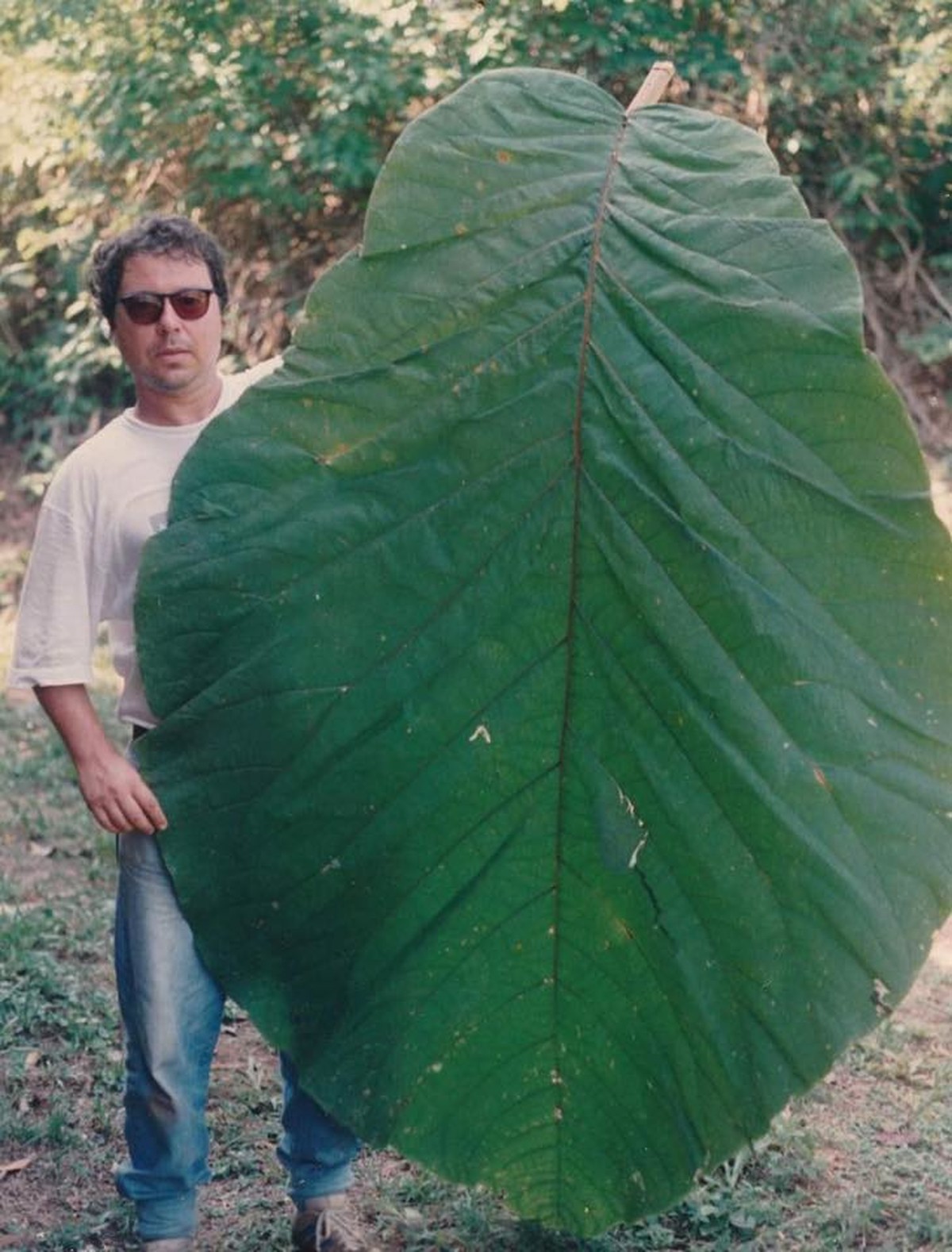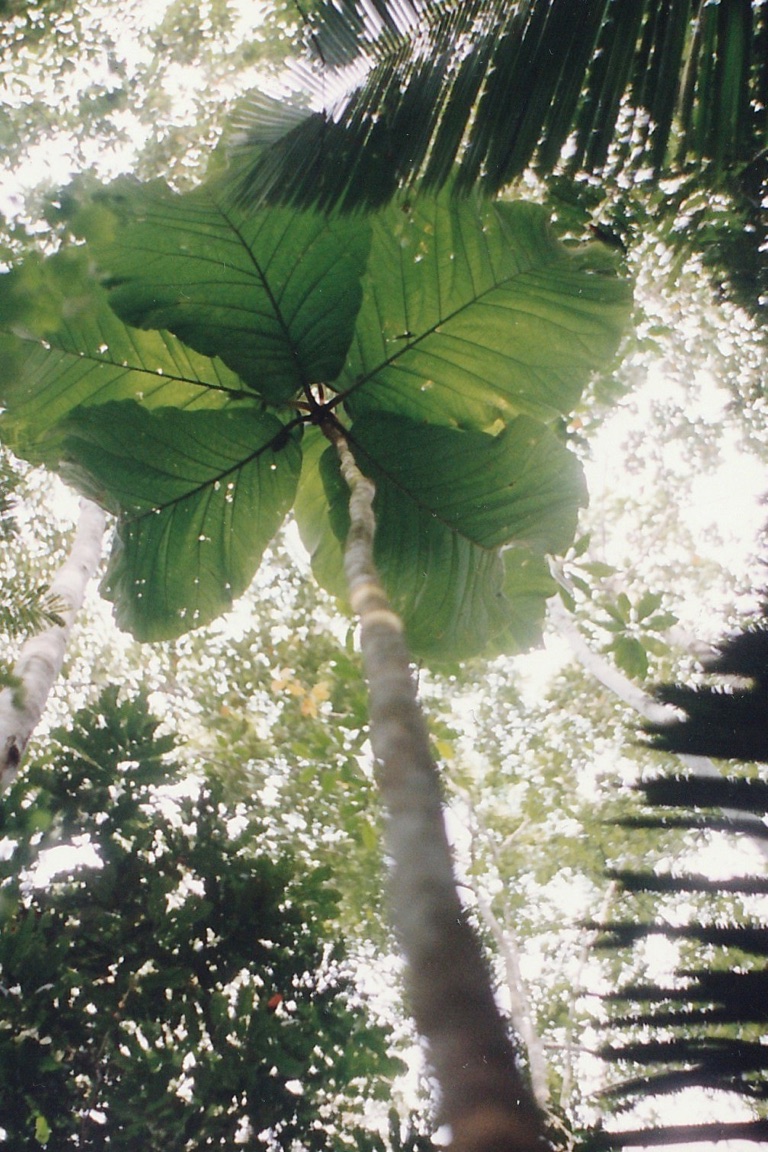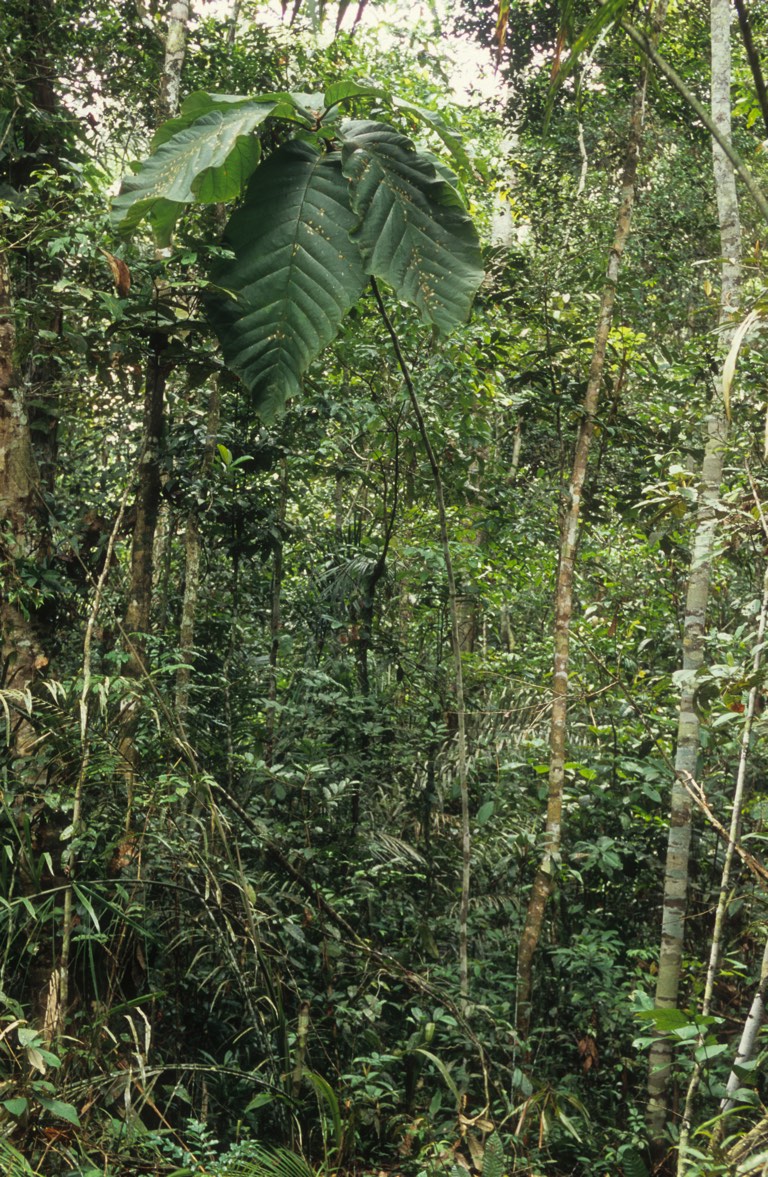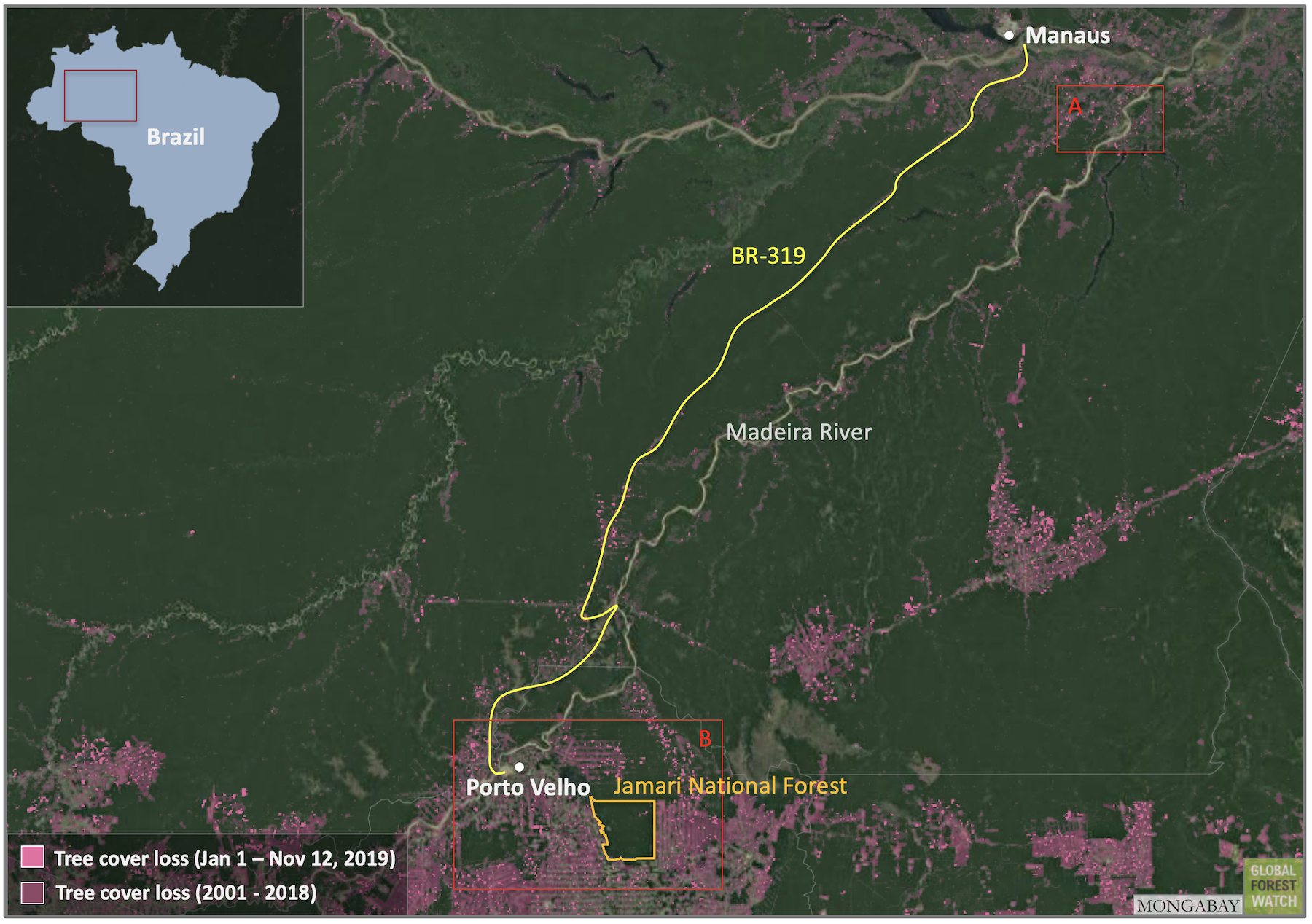For years, an immense leaf the size of a human has been displayed at the National Institute of Amazonian Research in Manaus, Brazil, piquing the curiosity of visitors. However, the tree species to which it belongs remained unidentified, until now.

After over three decades, researchers have finally described Coccoloba gigantifolia, a tree species found in the Brazilian Amazon. What sets this tree apart is its gigantic leaves, which can reach up to an astounding 2.5 meters (8 feet) in length.
Although C. gigantifolia has been known to the public and the scientific community for quite some time, formally describing it and assigning an official name has been delayed. This step was crucial for assessing its conservation status and implementing appropriate protective measures, as noted by the researchers.

This species is exceptionally rare, with scattered populations in a rapidly changing landscape. Researchers have recommended classifying it as endangered on the IUCN Red List.
Botanists from the National Institute of Amazonian Research first encountered an individual of the unknown giant-leaved Coccoloba tree in 1982 during a survey of the Madeira River Basin in the Brazilian Amazon. However, as the trees lacked flowers and fruits at the time, essential for species identification, they were unable to provide a formal description. Nevertheless, they documented their findings through notes and photographs.

In 1993, they managed to collect two large leaves from a tree in the state of Rondônia, which were then framed for public viewing. Despite its local fame, the lack of reproductive material hindered the formal description of the species for science.
More than a decade later, in 2005, researchers collected seeds and dying flowers from a tree in Jamari National Forest. While these samples were still insufficient for species description, they planted the seeds at the research institute’s campus, patiently waiting for the plants to grow. Thirteen years later, their patience paid off when one of the trees finally bloomed and bore fruit, providing the botanical material needed to describe the new species.
Named Coccoloba gigantifolia, in reference to its giant leaves, this tree reaches a height of about 15 meters (49 feet), with leaves that can span an impressive 2.5 meters (8 feet) in length. It is likely the largest leaf known among dicotyledonous plants, which encompass a wide range of flowering plants such as sunflowers, hibiscus, tomatoes, and roses.

Unfortunately, this species faces threats due to ongoing deforestation in the region. Major infrastructure projects, including hydroelectric dams and road expansions, impact the areas where C. gigantifolia is found. Based on their findings, the researchers have recommended listing the species as endangered on the IUCN Red List.
The fate of Coccoloba gigantifolia lies in our hands. Will we be able to encounter this remarkable species beyond the confines of museums? It ultimately depends on the actions we take.


